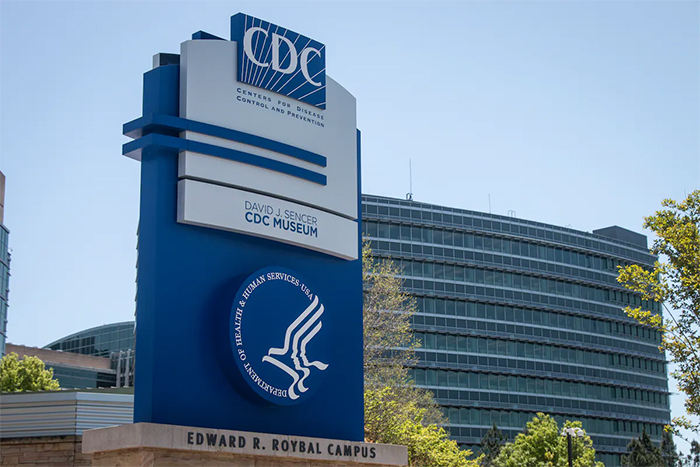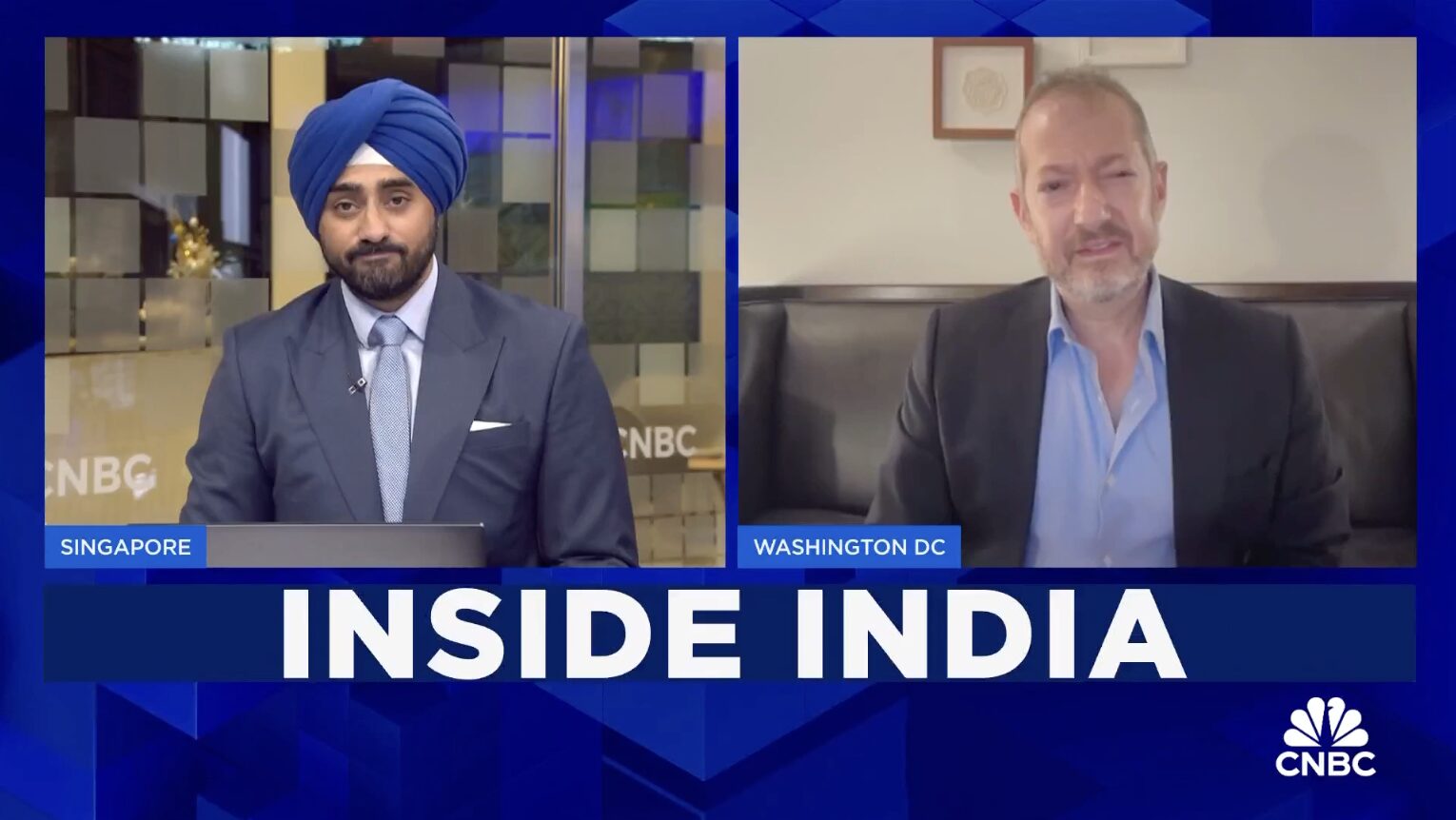As the CDC’s centers are transferred in part, or whole, to agencies with overlapping obligations, the goal should be getting CDC’s analytical work closer to agencies with large programs already aimed at achieving the same public health objectives.
The CDC’s Office on Smoking and Health spends about $240 million on programs to prevent people from using tobacco products — programs that could be handled by the Food and Drug Administration (an agency I formerly headed). The FDA already has a broad regulatory scheme focused on an identical effort.
Some of the work done by the CDC’s Center for State, Tribal, Local and Territorial Support, providing grants and conducting research, could be entrusted to the Indian Health Service, which has 4,500 front-line providers, and is often closer to the actual provision of health care.
These are just some of the dozens of places where the CDC’s mission could be more focused and determined through better alignment of federal initiatives.
Once the CDC is streamlined, more resources could be invested into efforts more closely aligned with its core infectious-disease mission, such as the Center for Forecasting and Outbreak Analytics, launched in August 2021 and funded in 2023 with $50 million.
That’s a much more appropriate area for the CDC’s energies than, say, trying to develop lab tests. The agency botched the job of making a coronavirus test early in the pandemic; it shouldn’t be in the business of making lab tests. The work is better realized by contracting directly with private manufacturers.
Another blot on the agency’s pandemic record: The CDC for too long lacked dependable data on covid-19 hospitalizations because it over-relied on its own bespoke data streams rather than collaboration with the Centers for Medicare and Medicaid Services and other agencies. Many of the CDC’s systems for collecting and analyzing data depend on proprietary feeds it gets from public health departments. The CDC must be directed to make this process an open architecture that uses the best sources of data available.
In whittling down the CDC, Congress should also reform a culture that rewards academic achievement over operational execution, shown by the agency’s penchant for withholding actionable data until it can publish its findings in academic journals. The CDC’s current director, Rochelle Walensky, released findings last summer zeroing in on many of these cultural challenges. Her examination was unflinching and would be a good place for Congress to start.
When I served as FDA commissioner from 2017 to 2019, the CDC’s proclivity for prioritizing publication over policymaking and public health intervention meant that we were sometimes forced to take regulatory steps without the benefit of its evidence. This was true when the FDA warned the public of a particularly bad flu season in 2018; a move that the CDC had objected to because it said it wasn’t yet finished analyzing its own data. Or when the FDA acted to address a shocking spike in youth vaping. The CDC initially wouldn’t share with the FDA the bottom-line data it had on the rise, even though the FDA had commissioned — and paid for — the study.
These same cultural flaws were manifest in the nation’s troubled pandemic response, when the CDC was slow to release data that could inform medical and public health decision-making, or when the CDC struggled to issue practical, timely guidance to help people manage risk.
Shrinking the CDC’s functions would allow more funding to flow to core activities. In 2022, the CDC’s entire budget for global health security was $253 million — about the same amount it spent on stopping smoking.
In 1951, when the CDC created its Epidemic Intelligence Service to investigate global outbreaks, using the word “intelligence” was deliberate. The agency’s founders wanted the CDC to be viewed as a vital part of U.S. national security. It’s time to return the CDC to these roots. Focus it on moving quickly to mitigate dangers from known pathogens and prevent future ones.







